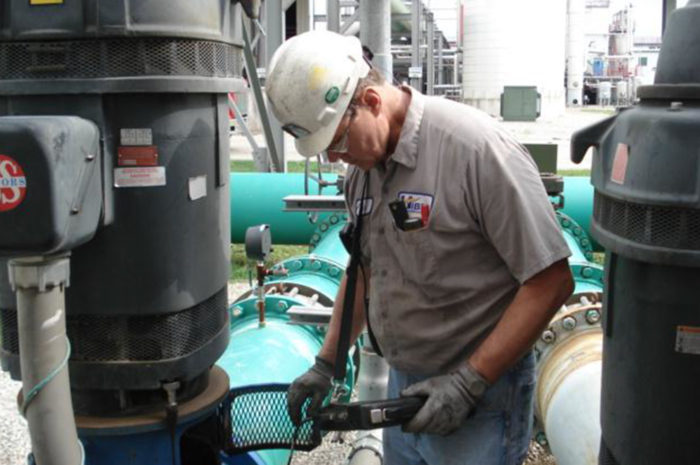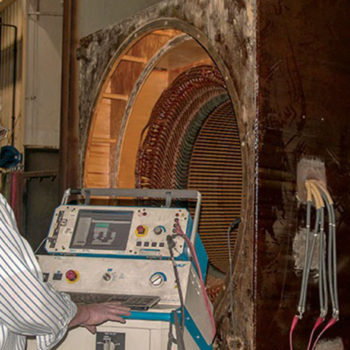Keeping their facilities operating successfully and efficiently is the main task and objective of most management teams. In order to make timely decisions regarding where to focus their maintenance activities and budgets, they depend heavily on their maintenance records and feedback from maintenance personnel. Records and feedback information is only as good as the technician collecting, monitoring, trending and interpreting the data. Plants and facilities are generally very well equipped to handle their manufactured product and their employees are trained in specific activities that keep the facility running efficiently. They each have full time responsibilities which may include some general preventative maintenance undertakings but most would not be capable of adding a new technology to their work load. While they may be excellent at their particular job, most often those individuals lack the experiences, knowledge and/or skills required to do specific, in-depth, predictive maintenance activities properly.
Modern computerized test equipment tends to make experts out of anyone using it. Most provide general pass/fail information but those red/yellow/green flags are just the tip of the iceberg. No equipment can replace the experience gained by years of using the technology. Experience is the only way to become proficient with any test equipment. Technologies such as static and dynamic electric motor testing, thermography, ultra-sonics, laser alignment and vibration analysis are all part of a successful PdM program and each requires highly skilled, experienced specialists. Vibration analysts require at least five years to become proficient at analyzing the data, recognizing the trends and reading between the lines.
Building your own PdM program requires purchasing expensive equipment, dedicating at least one full time technician for each technology, training that individual and keeping up with software and hardware upgrades. Consider the initial expenses for each technology, the training, and the time it takes to become successful at deciphering the data. Reliable diagnosis requires experience within each technology. Lack of experience often results in false positives as well as false negatives. The misdiagnosis of an early issue can lead to a major failure. Deciding whether to remove equipment for repairs or to allow it to continue in service when no real sign of degradation is visible can be the difference between timely reconditioning within an organized outage or costly unplanned downtime and expensive repairs. Making the right decision at the right time defines the essence of a well-organized and executed predictive maintenance program. Sharing responsibilities with a qualified outsource may be the right alternative.
Outsourcing preventive and predictive maintenance activities means no money spent on expensive equipment, including the continuous need for upgrades and training. It also means that “experts” who have the right equipment, training and other necessary tools will be handling the PdM activities, leaving plant personnel free to complete their projects. Consider sharing the responsibilities. Many facilities have existing vibration analysis equipment and skilled analysts therefore outsource the other activities. It is a win-win situation.
In summary, do what you do best and let subject matter experts handle the testing and trending for you. That’s what they do best.
Timothy M. Thomas

